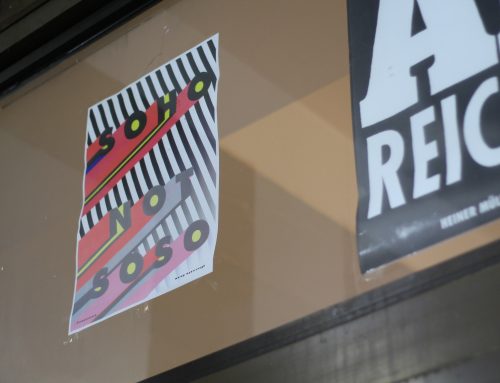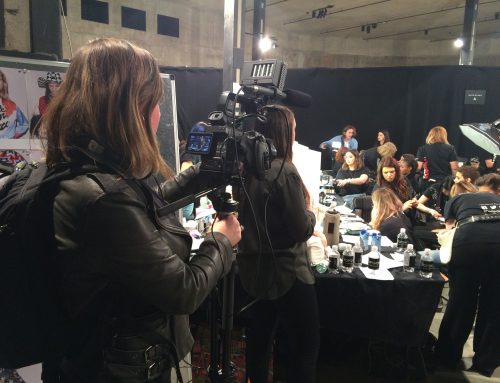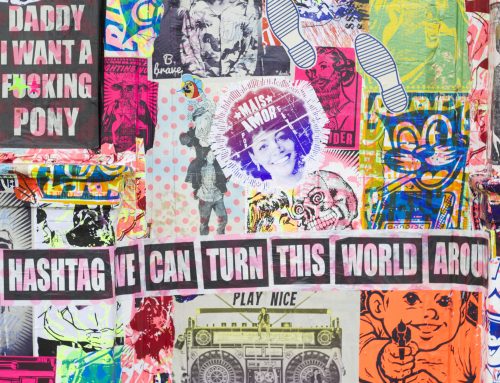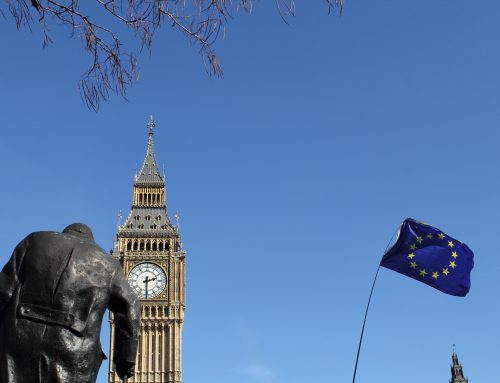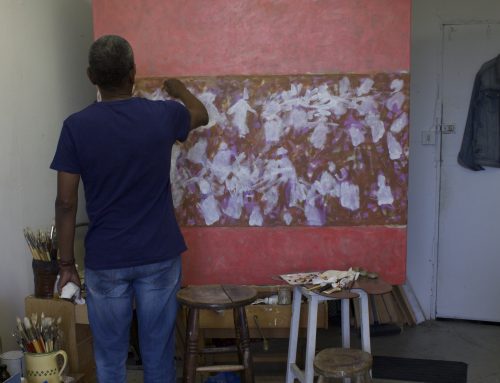This film was made for the ‘Rough Skin‘ exhibition. The exhibition was the result of a research project initiated by University of Leicester Professor David Gentilcore, with assistance from Egidio Priani and facilitation from PHD student Yewande Okulele. The exhibition opened in June 2016 at the Museo del Manicomio on San Servolo Island in Venice, Italy. It later moved to the Museo del Risorgimento e della Resistenza in Ferrara.
Information about the Rough Skin exhibition
Making ‘Pellagra’
I didn’t really know what I was letting myself in for when I signed up to make this film. I was asked to make a film about the ‘Pellagra’ in Italy. Turns out ‘Pellagra’ is a vitamin (niacin) deficiency disease that affected Italy’s peasant population in the 19th century. At certain times during the year, many who lived and toiled the land in (northern Italy) survived entirely on the maize (corn) crop. Maize production was a livelihood for many. When maize became the sole food source for the peasant population (in the form of polenta); this is when the problems started.
As you can imagine there isn’t any archive film from this era and limited archive photography. I was asked to produce an ‘impressionistic’ ‘poetic’ film- essay in the style of Ken Burns. I wasn’t quite sure where to start. I wanted to use the ‘actual’ words, the language of the people who were alive at the time; so that they would be ‘telling the story’, rather than me. Working closely with David Gentilcore and through the bulk of his own research, we found a lot of original material that could be used to create a narrative. So this is what I did:
1. I read through all the texts and research that had been done on the subject and endeavoured to find the best quotes for potential inclusion into a script;
I was interested in who the peasants were; where they lived, how they lived and what their lives were like. I wanted to understand how they had got into such desperate economic circumstances and why there wasn’t any real help for them. There was barely any original material that came from the peasants themselves except for a little poem or ‘song’ which David had stumbled across in his research. This in the end, became the first few lines of the film.
Of Pellagra there are seven sorts. The one that makes you mad.. the one that drags you to water… the one that pulls you over backwards…
2. I began to build a narrative based on the key information from the historical material I had selected. I then chose what I thought were the most interesting bits to fit the narrative structure and this way I assembled the script. In the end the film was split into two chapters, the first was about the rise of Pellagra in the countryside and the second part was about ‘Pellagrous Insanity’
When Pellagra was at its height Scientists argued about the causes of the disease. Initially, a few of those physicians did attribute Pellagra to a ‘poor diet’ or an ‘unvaried diet’. Nevertheless other experts believed that the disease was a virus caused by ‘spoilt’ or poisonous corn, rather than the consequence of reliance on it. One famous physician arguing this theory was Cesare Lombroso. Unfortunately the Italian state endorsed Lombroso’s theories. He would prescribe patients who suffered from Pellagra lead and arsenic. I used the example of Lombroso in the film to convey the inadequacy of the medical response to Pellagra at the time.
3. There was just not enough imagery to cover the script I had produced. That left me having to think creatively about how to represent the experience of having ‘Pellagrous Insanity’. I decided to try to visually ‘recreate’ the experience. To correspond with the doctors descriptions of the symptoms; old-fashioned words like ‘mania’ or ‘polymania’ or ‘melancholy’, I actually filmed my own sequences and added sound affects to try to portray the visceral experience of the disease.
- 4. I had a library of ‘mug shots’ which had been researched and dug out by David Gentilcore and his assistant Edigio from the archives of San Servolo. David had sent me all the digital files which were essentially scans of the original patient files. Each patient that entered either San Servolo, the (men’s) asylum or San Clemente, the (women’s) asylum were photographed by asylum staff and used in a ‘Tabella’ or Patient Record. The record would include all the patient’s biographical details and detailed descriptions of their condition.
- 5. When it finally came to cutting the film, I had the recorded script using voiceover artists, the archive photography, my shot video, text and sound-effects to play with. I had a vision for how to put the film together but there was no detailed, timed, edit- script. I had to fit the pieces together.
Having access to the ‘mug shots’ photographs was brilliant. These are the real people, who were suffering. These photographs are a direct link to history and they are immediate and haunting. I wanted to be sensitive with these photos and ensure that I respected the memories of the men and women who suffered from this disease which really was ‘The Disease of Poverty’



